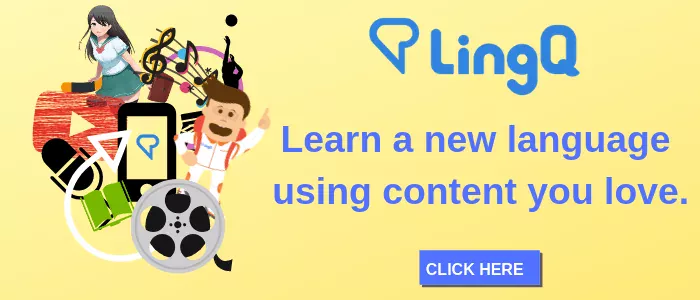Learning to Read Japanese: A Quick Guide for Beginners
The 3 stages of learning to read Japanese
So you’ve started to study Japanese?
Well, get ready to toss out everything you’re used to when it comes to reading as you probably know that there are NO roman characters used in Japanese text.
This can be a burden if you’re a beginner who wants to start reading right away and then realize you have to first know the different writing systems. But with a bit of dedication, you should be able to start reading Japanese children’s books within the first couple months.
Today, I’ll go over the 4 ways you can start learning to read Japanese and how you can use LingQ to help make things a lot easier 😉
Reading romaji
Advantages:
Uses the roman alphabet.
Easy to write and type on an English keyboard.
Problems:
Romaji doesn’t really help you pronounce the words properly.
Romaji slows down your Japanese language progress.
If you’re starting from scratch, you can use romaji as a crutch to help you go through the Japanese characters. What’s great about LingQ is that you can toggle romaji on or off when you’re going through each lesson. Just click the settings (gear icon) and you’ll see the romaji option next to the Asian script settings.
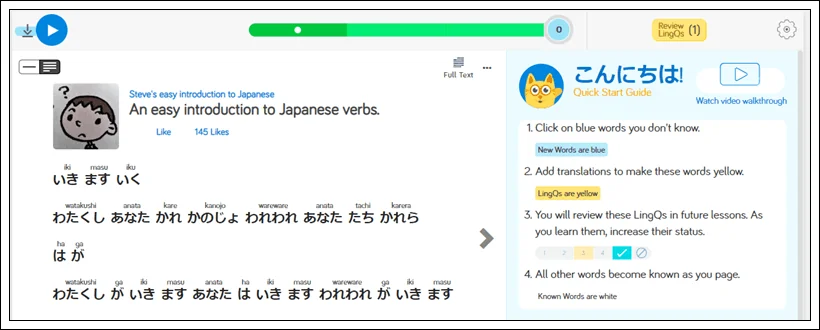
As tough as it may seem, you should not be using romaji after the first month (which is how long it should take to read hiragana and katakana). As I mentioned, use it as a crutch to get you started and once you’re comfortable with hiragana and katakana, it’s best to avoid romaji.
Reading hiragana and katakana
Advantages:
Hiragana and katakana are phonetic so it makes the pronunciation clear.
The faster you can start reading hiragana and katakana, the faster you’ll learn Japanese.
Problems:
Japanese people don’t use spaces, so it is very difficult to work out where a word begins and ends. This makes dictionary lookup very hard.
Hiragana and katakana can be quite challenging at first since they are completely different from the roman alphabet.
There are still too many different meanings for the same word when spelled with hiragana (which is why learning kanji is important). Example, あった can mean “met” or “had” as in, I met my friend the other day or the store had coffee.
Hiragana and katakana are essential stepping stones to help you learn Japanese faster and more efficiently. In about one month you should be able to be comfortable reading both. LingQ makes reading hiragana and katakana easier as words are often spaced out which will help you distinguish between where a word starts and ends. If you prefer to read them as they would appear in a regular Japanese text, you can turn the spacing off. Just click on settings (gear icon) when you’re doing a lesson.
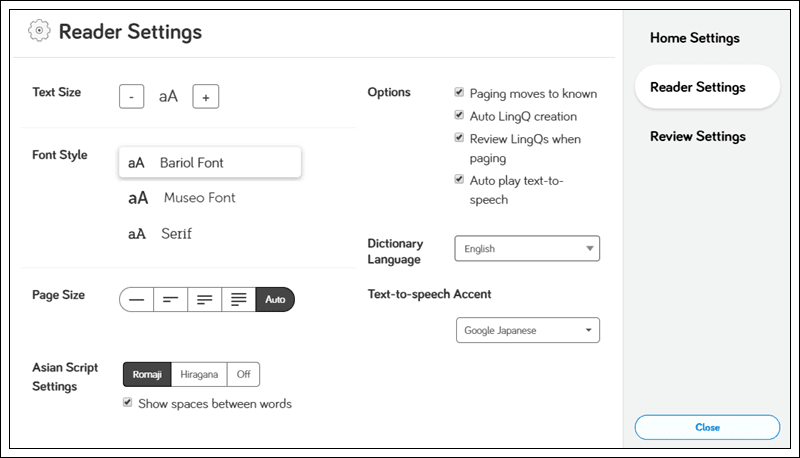
Like romaji, it’s easy to get too comfortable using only hiragana and katakana. While this “shortcut” may seem ideal, in the long run, it won’t be helpful if you want to read more than just children’s books.
Reading kanji
Advantages:
Kanji provides disambiguation, i.e. different words are written with different kanji, even when they are pronounced the same way.
This is how Japanese people actually read and write and is essential if you want to read all Japanese.
Problems
There is no “easy” way to learn kanji. It’s tough but you can get through it with lots of reading.
Kanji is tough but the more you read, the more you’ll be able to start to distinguish between each different character and know their meanings.
I recommend learning kanji in context rather than learning each character on their own. The main problem with learning kanji characters on their own is that you will not know what they mean. For example, 入 by itself can either mean hairu (入る, to enter) or ireru (入れる, to enter). Now if you were to read them in context, you’d start to become familiar with both meanings and be able to distinguish between the two.
Using LingQ, you can save new kanji you come across and store it in your vocabulary to review later.
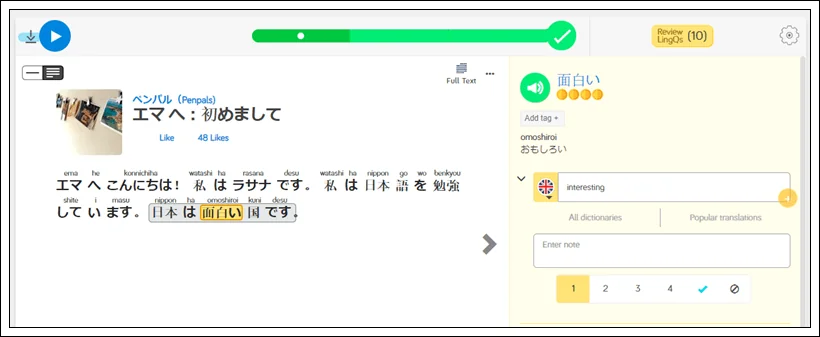
Afterwards, you can review your new vocabulary once you’ve finished the lesson. LingQ will automatically create flashcards comprises of fill-in-the-blanks, multiple choice, and dictation.
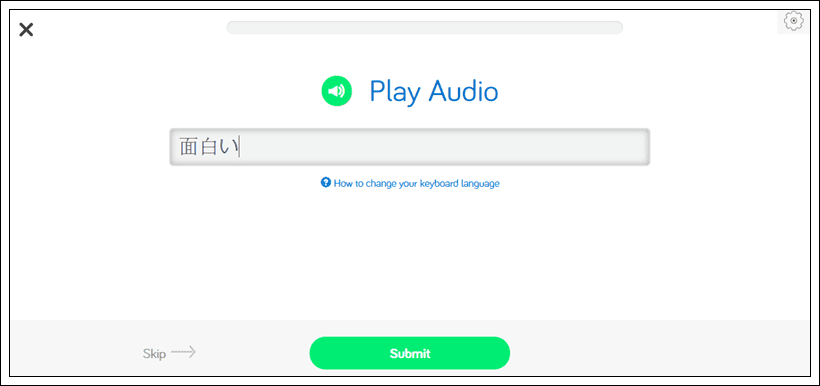
If you’re looking for something to aid you when it comes to reading kanji, furigana can help. Furigana is a Japanese reading aid, consisting of smaller kana, or syllabic characters, printed next to a kanji. LingQ has the ability to pull up the furigana on every kanji character you come across to help you read easier during your beginning stages. You can toggle furigana on or off by once again clicking on settings and next to the Asian script settings, click on hiragana.
Learning to read Japanese takes time and repetition. By reading compelling content you enjoy, you’re “studying” won’t feel forced. As you gradually read more and more, you’ll begin to absorb new vocabulary and learn how to structure sentences. Also, a quick tip from Steve Kaufmann that I too recommend is no to focus too hard on your mistakes. In fact, corrections can derail your progress if you’re constantly breaking focus.
If you’re curious to know where to find compelling content, LingQ (which is also available on Android and iOS) has thousands of hours of Japanese content that range from everyday conversations between two people to the latest news articles. And if you cannot find content that suites you, you can always import content you love into LingQ. For example, I wrote a post about how I import anime into LingQ to help me study Japanese.
Last but not least, here’s a video from LingQ’s founder, Steve Kaufmann and methods for learning to read Japanese. Enjoy.
Enjoyed this post? Check out polyglot and LingQ cofounder Steve Kaufmann’s blog post to learn about the similarities and differences between learning Korean vs Japanese!
